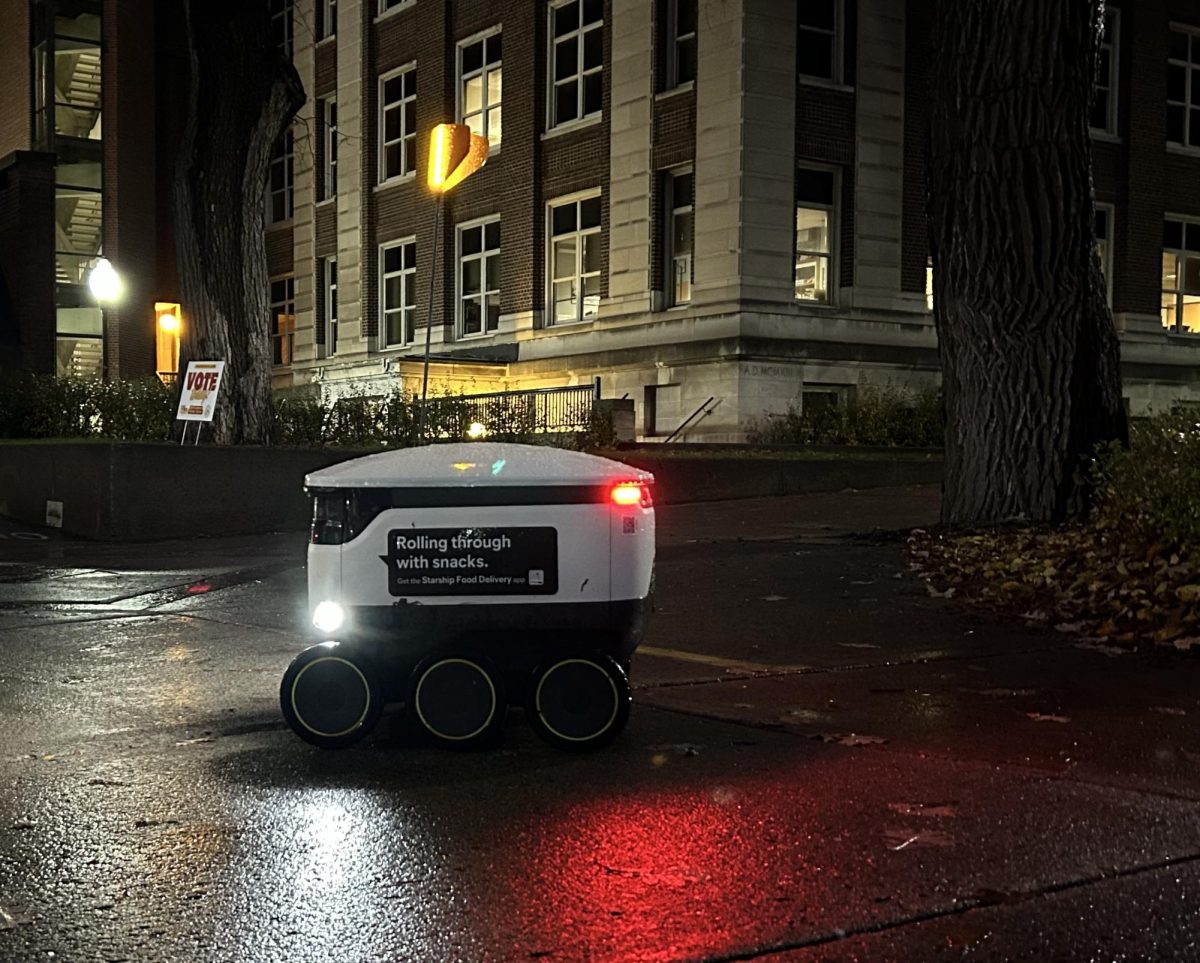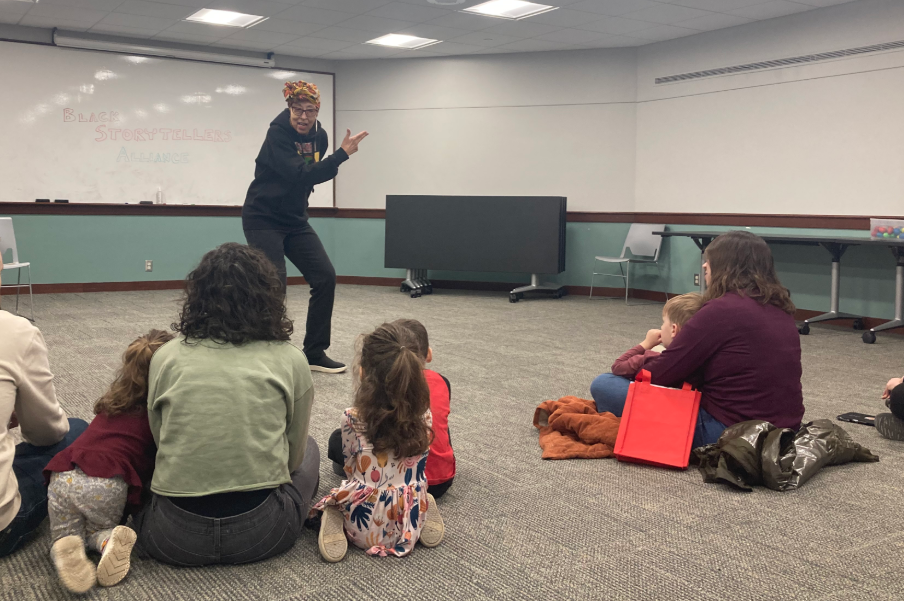A University of Minnesota lab group is using a naturally occurring compound to create novel drugs to treat neurodegenerative diseases.
Professor Michael Smanski’s research group focuses on a naturally occurring compound that has been shown to have a positive effect on diseases such as Parkinson’s disease and Alzheimer’s disease, as well as strokes. Smanski’s lab has worked to reproduce the compound by synthetic recreation in the lab, a more sustainable method than harvesting it from fetuses within pregnant cows, where it is found. Smanski’s group recently published a paper about their work in ACS Synthetic Biology.
One postdoctoral researcher, Dimitri Perusse, is motivated by a personal connection to the topic.
Perusse’s daughter, Denali, began experiencing seizures shortly after birth. An MRI showed that she suffered a stroke, causing damage to the back of her head, which doctors predicted could cause long-lasting effects, such as possible blindness.
His daughter is now almost 1 year old and is doing well, Perusse said, but has some delayed motor skills as a result of the stroke. He said he is hoping his work can help other infants in the same situation as his daughter.
Perusse said the compound they have been researching, serofendic acid, can help to prevent damage caused by cell death that can occur as a result of strokes, something that doesn’t have many existing treatments.
“Right now, there aren’t that many drugs that can do that on the market unfortunately,” Perusse said.
Smanski noted that the work on serofendic acid specifically is unique to his lab.
He said his lab has collaborations with other labs to test the compound on animals and is working to progress through the necessary steps toward drug development.
“We’re collaborating with other labs that are experts in neuroscience and in some of these neurodegenerative diseases, because they have animal models. They have cell models of the disease,” Smanski said. “We’re giving them compound that they can test in the lab to see how effective serofendic acid can be.”
One of these collaborations has been with professor Walter Low, the associate head for research in the Department of Neurosurgery.
Low emphasized the progress that is able to occur at the University due to collaboration and communication between researchers.
“It’s a matter of finding synergy. So if somebody at another University is doing something complimentary to you, or if two groups can get together … to make the research move faster, more efficiently, that’s what we like to see,” he said.
The balance of competition and collaboration between researchers on these topics helps to accelerate the research process toward developing new drugs, Low said.
Perusse said that his experience with his daughter has shifted the way he thinks about this work.
“Now when we think about neuroprotective agents like that … personally I’m not thinking only to Alzheimer’s or Parkinson’s disease, but also I’m thinking about infant strokes,” he said.
The work is not always successful, Perusse said. When he experiences setbacks, he looks to his daughter for motivation, keeping photographs of her on his desk.
“Now, every time I’m working and I get bad results and I can feel my motivation [go] down, I’m like, ‘Wait, think about your daughter,’” he said.







